Buying Guide for the Best 43 Inch Tvs
When choosing a 43-inch TV, it's important to consider how you plan to use it and the environment in which it will be placed. Whether you're looking for a TV for your living room, bedroom, or office, understanding the key specifications will help you make an informed decision. Consider factors such as picture quality, sound, connectivity, and smart features to ensure the TV meets your entertainment needs.ResolutionResolution refers to the number of pixels that make up the picture on the screen. The higher the resolution, the sharper and more detailed the image. For a 43-inch TV, common resolutions include Full HD (1080p) and 4K (2160p). Full HD is suitable for general viewing and smaller spaces, while 4K offers enhanced clarity and is ideal if you plan to watch a lot of high-definition content or sit closer to the screen. Consider your viewing habits and the type of content you watch most often when choosing the resolution.
Refresh RateThe refresh rate is the number of times the TV updates the image per second, measured in hertz (Hz). A higher refresh rate can result in smoother motion, which is particularly beneficial for watching sports or playing video games. Common refresh rates for 43-inch TVs are 60Hz and 120Hz. If you enjoy fast-paced content, a higher refresh rate might be preferable. However, for regular TV shows and movies, 60Hz is generally sufficient.
Smart FeaturesSmart features refer to the TV's ability to connect to the internet and run apps, similar to a smartphone. This allows you to stream content from services like Netflix, Hulu, or YouTube directly on your TV. When considering smart features, look at the operating system and app availability. Some TVs offer more apps and better user interfaces than others. If you frequently stream content, a TV with robust smart features will enhance your viewing experience.
ConnectivityConnectivity options determine how you can connect other devices to your TV. Important ports include HDMI, USB, and audio outputs. HDMI ports are crucial for connecting devices like gaming consoles, Blu-ray players, and streaming devices. More HDMI ports offer greater flexibility. USB ports can be used for media playback from external drives. Consider the number and type of devices you plan to connect to ensure the TV has sufficient and compatible ports.
Sound QualitySound quality is an important aspect of the overall viewing experience. While many TVs come with built-in speakers, the quality can vary. Some TVs offer enhanced sound features like Dolby Audio or DTS. If sound quality is a priority, consider a TV with better audio capabilities or plan to invest in external speakers or a soundbar. Think about the size of the room and your personal preference for sound when evaluating this spec.
Viewing AngleViewing angle refers to how well the TV screen can be seen from different positions in the room. A wider viewing angle means the picture remains clear and vibrant even when viewed from the side. This is important if you have a wide seating arrangement or if the TV will be placed in a room where people will be watching from various angles. If you often have multiple viewers or a large room, prioritize a TV with a good viewing angle.
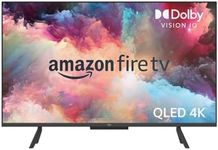

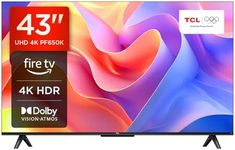
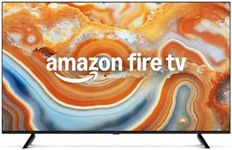
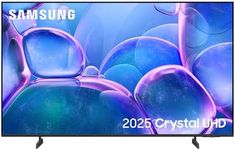

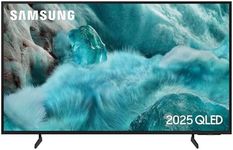
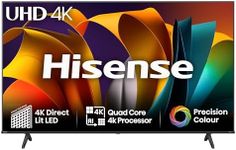
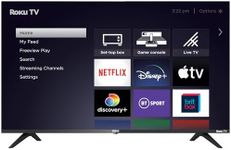
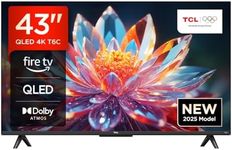
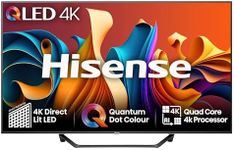
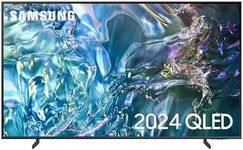
![HYE 43 Inch TV Frameless Slim 4K UHD LED Tizen Smart Display With Wi-Fi, Bluetooth, HDMI & USB – Stylish Smart Television for Bedroom or Living Room – 43" TV 43UHDS2008 [2025]](https://images-proxy.bestreviews.guide/J6oLSUQslubpHU4QaYkTFk5juVs=/0x150/https://m.media-amazon.com/images/I/41oXwsmJ5vL._AC_CX679_.jpg)
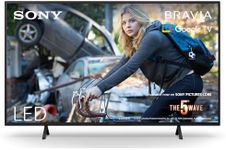
![LG 43UA73006LA 43-Inch 4K Ultra HD HDR Smart TV (webOS 25 Platform with AI Concierge, alpha 7 AI Processor 4K Gen8, Game Optimiser & ALLM, 60Hz) [Model 2025]](https://images-proxy.bestreviews.guide/wAX2ZbH7ltqI7VatRu1ZsH0tNZk=/0x150/https://m.media-amazon.com/images/I/41fnvDuZHLL._AC_CX679_.jpg)

